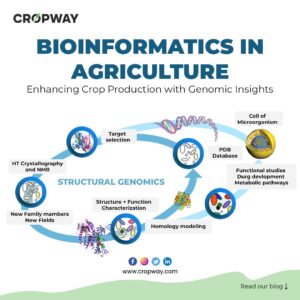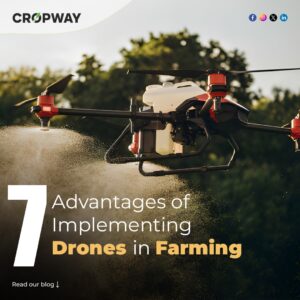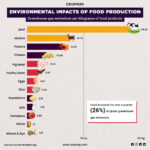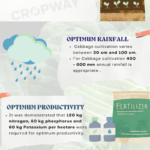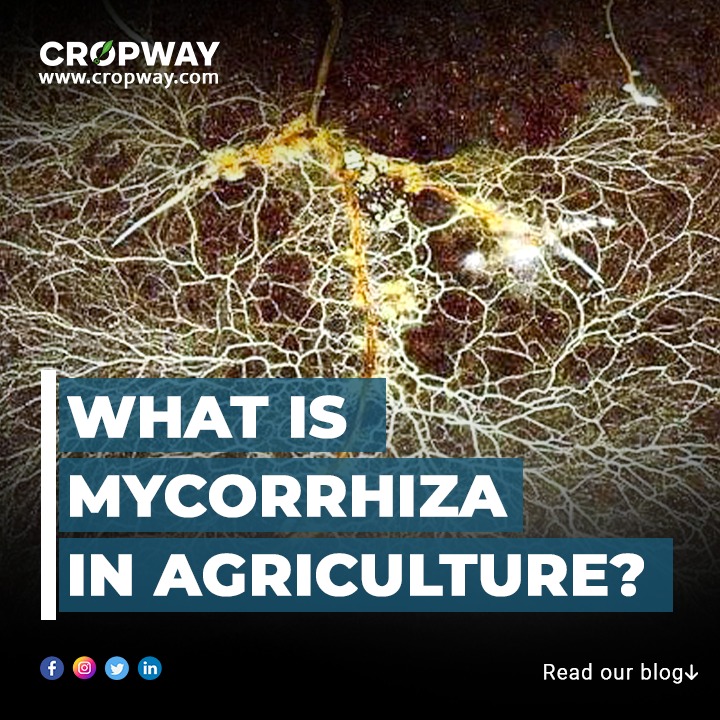
Ever wondered how plants absorb the water and nutrients they need? Enter mycorrhizal fungi – the hidden helpers or unsung heroes of the plant kingdom, play a crucial role in agriculture by forming symbiotic relationships with plant roots. Mycorrhizas represent a fascinating interaction between fungi and plants. Among the various types, arbuscular mycorrhizal fungi (AMF) steal the spotlight, as a whopping 65% of plant species are known to form associations with them. If you’re a crop farmer, AMF is the one you should pay attention to, and the good news is that these beneficial fungi are likely already present in your soil, unless something drastic like mining or contamination has occurred. So, how does this partnership work?
AMF takes up residence inside the plant’s roots, and in exchange for some of the plant’s precious sugars, the fungal hyphae – those threadlike filaments – do a remarkable job of scavenging water and essential nutrients from the soil, delivering them to the plant. In this blog post, we’ll explore the fascinating world of mycorrhizae and their significant impact on crop growth, nutrient absorption, and soil health.
The Nutrient Connection
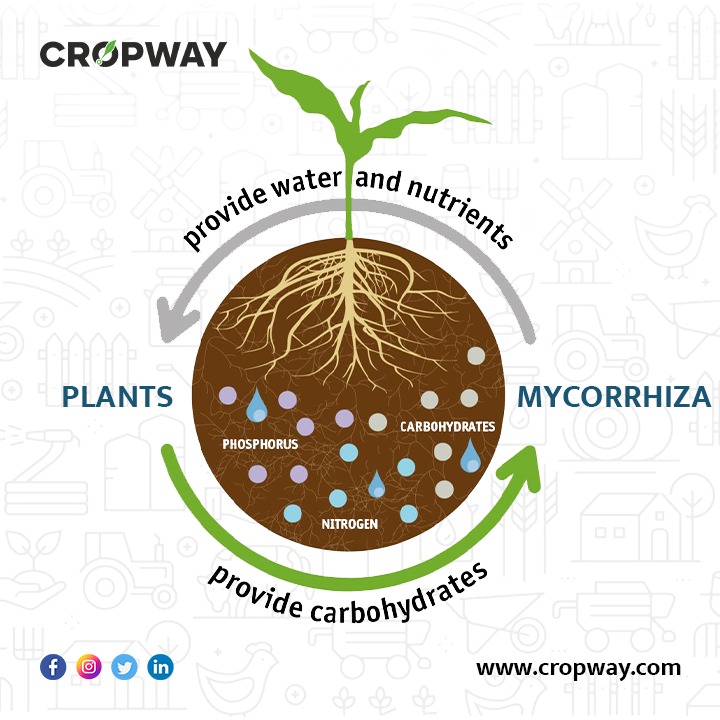
If someone asked you, “How do plants take up the water and nutrients they need?” you’d probably tell them through the roots. But did you know that for many crops, those roots aren’t working alone? That’s because most plant species associate with mycorrhizal fungi. One of the most remarkable benefits of mycorrhizal fungi is their ability to enhance nutrient absorption in plants, especially phosphorus. This partnership between fungi and plants results in healthier and more robust crops and trees. The mycorrhizal network acts as an extension of the plant’s root system, increasing the surface area available for nutrient uptake.
Two Types of Mycorrhizae
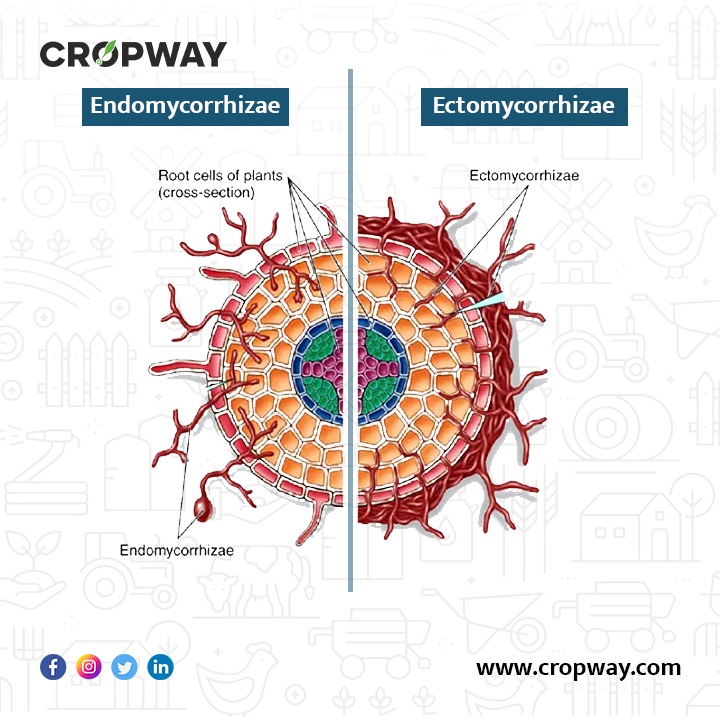
There are two primary types of mycorrhizae: endomycorrhizae and ectomycorrhizae. Endomycorrhizae are commonly found in most important agricultural species, while ectomycorrhizae are prevalent in economically significant tree species, particularly in temperate regions and some tropical trees. Understanding these distinctions allows farmers to optimize their use of mycorrhizal fungi based on the crops they cultivate.
Expanding the Root’s Reach
Mycorrhizal fungi take root (pun intended) in the soil by dramatically increasing the root’s absorbing area, sometimes up to a thousandfold. This amplification enhances the plant’s capacity to access vital soil resources. Moreover, mycorrhizae release potent enzymes into the soil, effectively dissolving hard-to-capture nutrients such as organic nitrogen, phosphorus, iron, and other tightly bound soil nutrients.
A Greener and Sustainable Future
As we delve deeper into sustainable agricultural practices, mycorrhizae take center stage. Their ability to reduce the need for synthetic fertilizers and chemical treatments not only benefits crop yield but also contributes to healthier soils and a greener planet. While this symbiotic relationship is often celebrated for its potential to boost crop production, it’s not always a guaranteed win, not all interactions are harmonious. Picture this scenario: a plant, thriving in conditions where it has no urgent need for extra phosphorus or water, unwittingly finds itself in a parasitic relationship with its mycorrhizal companion. In this curious twist, the mycorrhizal fungus persists, siphoning precious carbon and sugar from the plant, yet offering nothing in return.
However, farmers have tools at their disposal to tip the balance in favor of AMF becoming a true asset rather than a potential hindrance for their crops. Preventing such parasitic entanglements demands a delicate balance. The soil, much like a canvas, can be painted with fertility, but tread carefully; too much, and the relationship turns parasitic. Unfortunately, no scientific gauge exists to pinpoint the precise threshold where soil fertility meets crop prosperity without inviting mycorrhizal mischief.
What’s more, the dynamic nature of mycorrhizal associations adds a layer of intrigue. These relationships can evolve over time, influenced by various factors such as the introduction of new crops or the application of mycorrhizal inoculants. The outcomes of these changes, whether positive or negative, remain a fascinating frontier in the realm of agricultural science.
As we venture deeper into the captivating world of mycorrhizae, we find that beneath the surface lies a tapestry of interactions, both symbiotic and challenging, waiting to be unraveled. The delicate dance between plant and fungus continues to captivate scientists and farmers alike, as they seek to harness its potential while avoiding the pitfalls of parasitism. In conclusion, mycorrhizal fungi are more than just microscopic organisms; they are invaluable partners in agriculture. By fostering nutrient absorption, expanding root reach, and improving soil health, mycorrhizae are helping us cultivate a more sustainable and prosperous future for agriculture.


